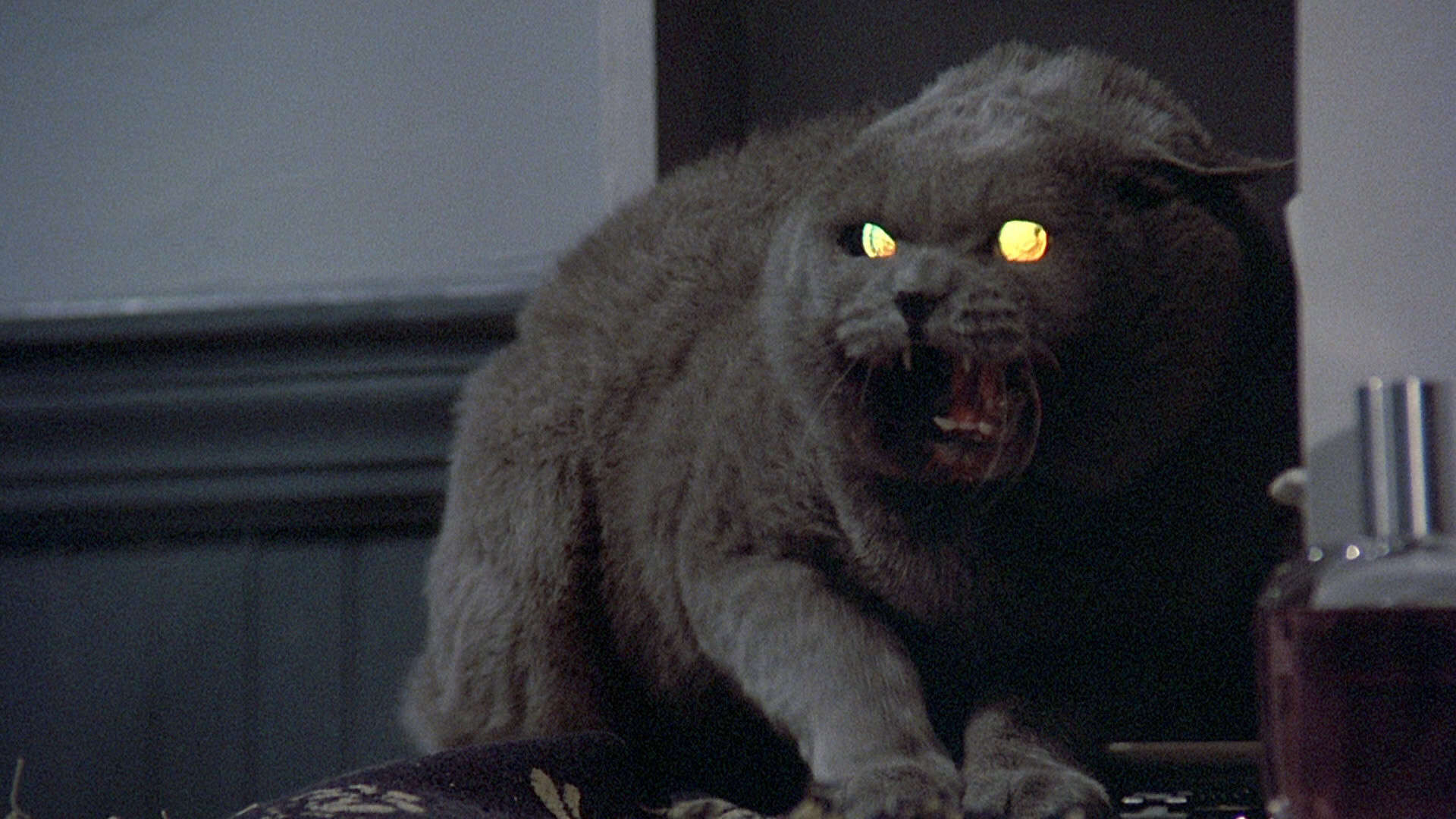Create a free profile to get unlimited access to exclusive videos, sweepstakes, and more!
This Week in Genre History: Pet Sematary proved Stephen King can indeed write a good ending

Welcome to This Week in Genre History, where Tim Grierson and Will Leitch, the hosts of the Grierson & Leitch podcast, take turns looking back at the world's greatest, craziest, most infamous genre movies on the week that they were first released.
Stephen King, rather famously, is an author thought to have trouble with endings. This is not entirely fair — the ending of his book 11/22/1963 will make you cry — but it has become enough of a public narrative about him that he even made a joke about it during his cameo in the recent movie adaptation of It. However, if you want an example of a great Stephen King ending, there's another movie you can turn to.
King and his work have of course had a long history with the movies, but, ironically, one of the first screenplays he ever wrote was the one with perhaps the darkest, most sinister, and perhaps the most satisfying ending of all of his films. It's such a good ending that a later remake fiddled with the idea and maybe even came up with a better one. Not everything about Pet Sematary, which came out April 21, 1989, 32 years ago, has aged well. But that ending sure has.
Why was it a big deal at the time? Pet Sematary wasn't actually the first film with King's name on the screenplay: That would be Creepshow, his famous collaboration with George A. Romero. He was going to work with Romero on Pet Sematary, based on King's 1983 book, but Romero ended up making Monkey Shines instead. The script ended up shelved, but during the Writers Strike of 1988, the studio dusted it off and gave it to Mary Lambert, a director King had personally chosen.
The story is so elemental it feels as if it has been around for centuries: Man moves his family to an old house off a busy road, one with a spooky cemetery that some say can bring back the dead. He then suffers an unimaginable tragedy... and cannot let go of his grief or the loved one he has lost. More tragedy ensues.
Many felt King's brand had been tapped out a little bit by 1989, with the seemingly unceasing number of productions based on his books, and Pet Sematary did not have a particularly large budget. Lambert was increasingly loyal to the book, as the script was, following the plot beats closely, albeit with a more '80s horror film aesthetic than the haunting book had. However, the one thing she did change, albeit at the request of the studios, was the ending. It was the same principle as the book, with the same plot point, but it was less subtle and gorier. It still worked.
What was the impact? The box office was a bit of a shock to everyone, even those who had championed the project: It was a smash, making $12 million right out of the gate, soaring past Major League and Say Anything. Critics were not kind, though. Siskel & Ebert famously hated it, with Siskel giving it zero stars in the Chicago Tribune. Many found the film, particularly the scenes of the little boy Gage killing people (and being killed), exploitive, especially because the film was otherwise shot as a traditional horror film.
But no one could deny the inherent ingenuity of King's idea; its themes of loss and grief, the overwhelming feeling that someone who has lost someone they loved would do anything, anything, to get another chance to be with them again. Whether it's a child, a spouse, or a cat, you feel like whatever you give up is worth it to have one more moment.
As we find out, it absolutely is not.
(Also: There was a sequel with Anthony Edwards and Edward Furlong that came out three years later, and the less said about it, the better.)
Has it held up? For most of the film, Lambert, by trying to be true to King's novel, ends up messing it up: She's too obsessed with making it a gory, bloody horror film rather than capturing the true spirit of the novel. But no matter how schlocky you try to make it, you can't get away from that essential metaphor: You can't bring back the dead, no matter how much you might want. And it leads to that killer of an ending.
Nearly 20 years later, Paramount would remake Pet Sematary, this time without King. (Though the film clearly adores him.) What's fascinating is that they've changed the ending a little bit, and somehow made it even more upsetting. This time, a different child dies, and it shuffles the deck in a way that makes the ending creepier and sadder somehow. Maybe this is the sort of story that — no matter what ending you come up with — just can't be happier. But it still kicks you in the stomach.
Will Leitch is the co-host of The Grierson & Leitch Podcast, where he and Tim Grierson review films old and new. Follow them on Twitter or visit their site.














